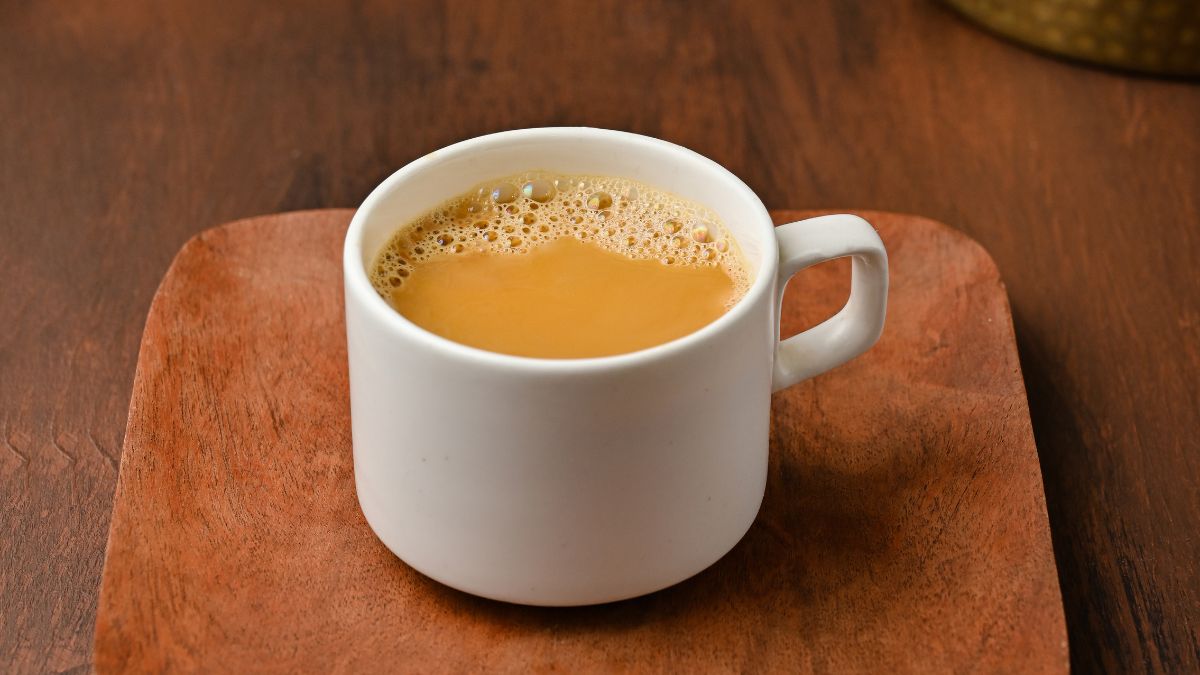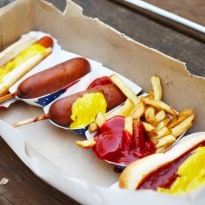Labelling food items with traffic light colours and positioning healthy products at eye level in a retail store can infuse healthy choices among customers, says a study.The use of colour-coded 'traffic light' food labels and changes in the way popular items are displayed on the shelf produced a long-term increase in the choice of more healthful food items among customers, said a research by Massachusetts General Hospital (MGH)."This is good evidence that these changes in healthy choices persist over time," said lead author Anne Thorndike of the MGH division of general medicine.
In the first phase, the research team applied 'traffic light' labels - green for healthiest items such as fruits and vegetables, yellow for less healthy items and red for those with little or no nutritional value, said the study published in the American Journal of Preventive Medicine.In the second phase, they rearranged food items - displaying more healthful items like bottled water, diet beverages and low-fat dairy products at eye level while beverages with yellow or red labels at lower levels, said the study.At the end of the six-month study period, the team found a significant increase in the purchases of 'green' items and reduced purchases of 'red' items.Overall, purchases of 'green' items increased by 12 percent and 'red' item purchases dropped by 20 percent."The next steps is to develop more effective ways to promote healthy choices through the food service environment and translate these strategies to bigger retail outlets," concluded the study.
In the first phase, the research team applied 'traffic light' labels - green for healthiest items such as fruits and vegetables, yellow for less healthy items and red for those with little or no nutritional value, said the study published in the American Journal of Preventive Medicine.In the second phase, they rearranged food items - displaying more healthful items like bottled water, diet beverages and low-fat dairy products at eye level while beverages with yellow or red labels at lower levels, said the study.At the end of the six-month study period, the team found a significant increase in the purchases of 'green' items and reduced purchases of 'red' items.Overall, purchases of 'green' items increased by 12 percent and 'red' item purchases dropped by 20 percent."The next steps is to develop more effective ways to promote healthy choices through the food service environment and translate these strategies to bigger retail outlets," concluded the study.
Advertisement
For the latest food news, health tips and recipes, like us on Facebook or follow us on Twitter and YouTube.
Tags:













